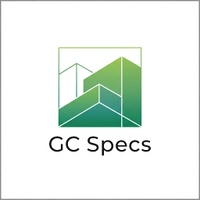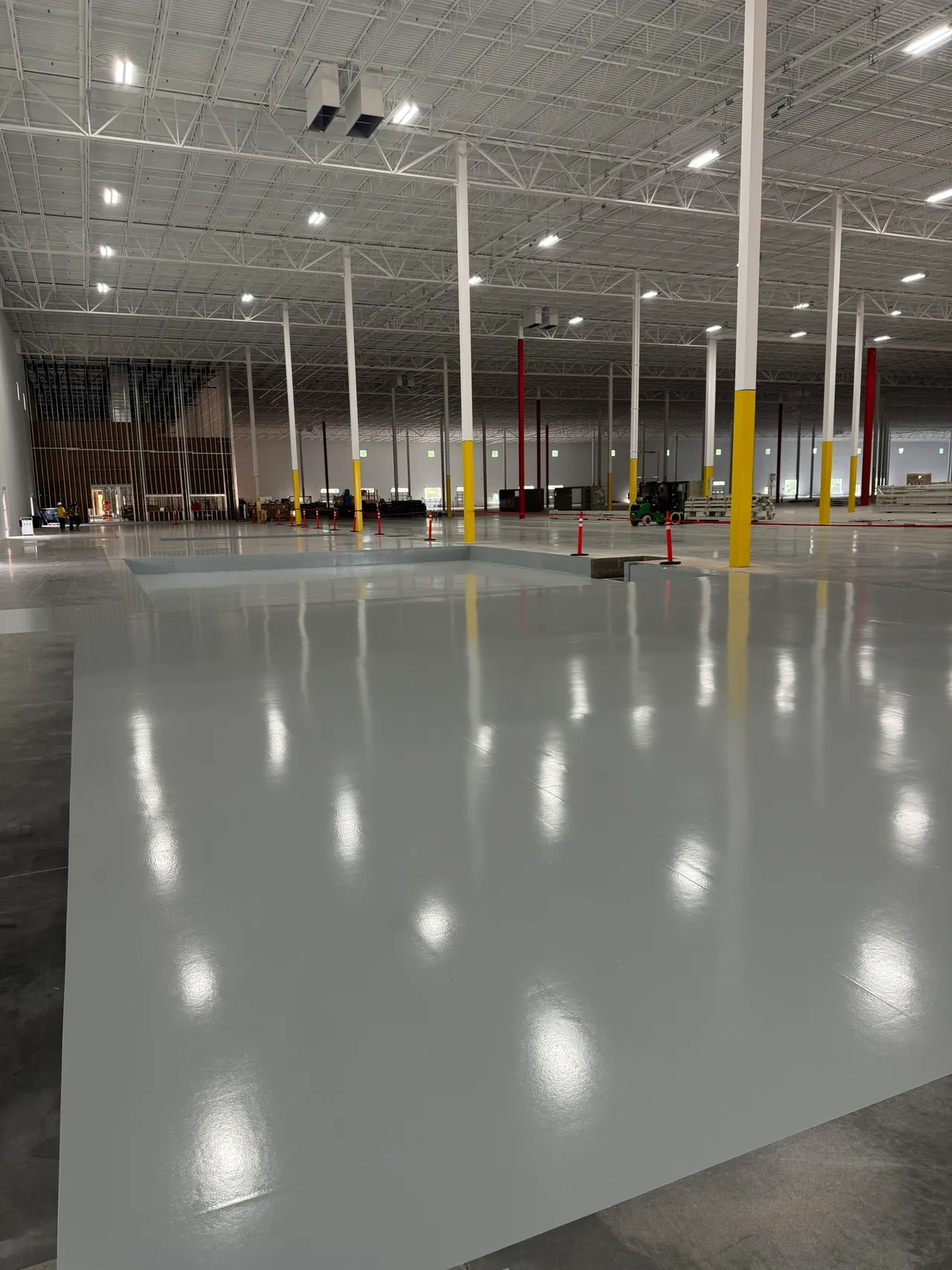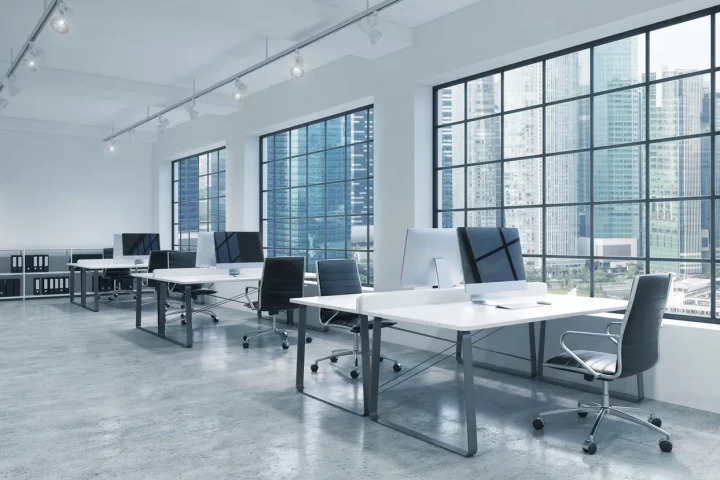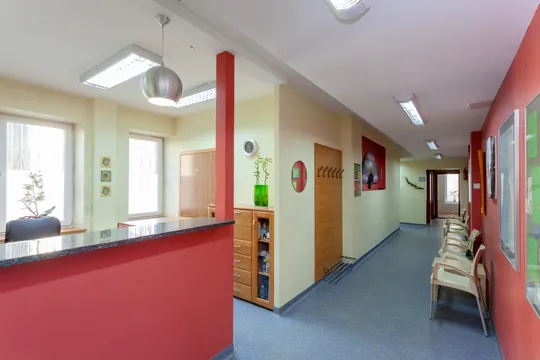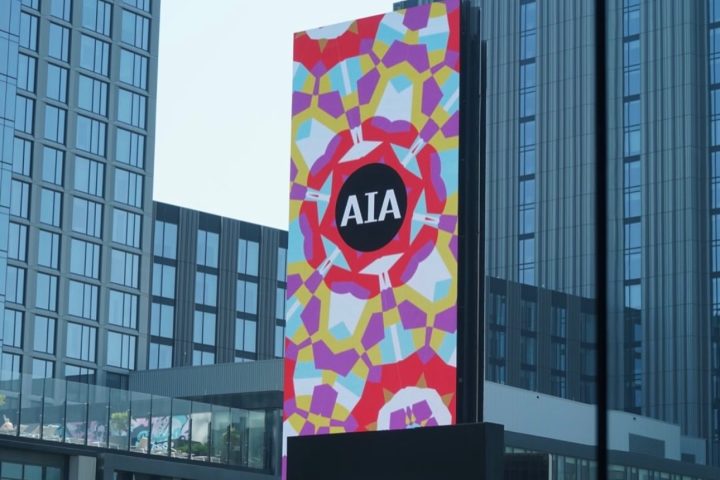Contributed by: James Eller of ProREZ Coatings
In the world of industrial facilities, warehouses, and manufacturing plants, energy consumption is a significant operational expense. While optimizing machinery and lighting systems are common strategies for reducing costs, an often-overlooked solution lies right underfoot: Industrial floor coatings. Specifically, ProREZ Coatings designed with high light reflectivity can play a crucial role in decreasing energy consumption and creating a more efficient and safer work environment.
The Science of Reflection: Lowering the Need for Artificial Light
The principle is simple yet effective. Standard concrete floors tend to absorb light, requiring more artificial lighting to adequately illuminate a space. High-gloss or light-colored industrial floor coatings, on the other hand, act like a reflective surface. They bounce both natural and artificial light back into the environment, maximizing brightness and distribution.
This increased light reflectivity, often measured by its Light Reflectance Value (LRV), directly translates to a reduced need for artificial lighting. By optimizing the natural and existing light within a facility, businesses can:
- Decrease Electricity Bills: Fewer lights needed for the same level of illumination directly lowers energy consumption and monthly utility costs. Studies have shown that reflective floor coatings can increase light reflectivity by up to 300%, leading to significant energy savings.
- Improve Workplace Safety: Brighter environments reduce shadows and improve visibility, minimizing the risk of accidents, trips, and falls. This is particularly important in busy industrial settings with moving equipment and personnel.
- Enhance Employee Well-being and Productivity: Well-lit spaces are known to positively impact mood, alertness, and overall productivity. Reducing eye strain caused by dimly lit areas can contribute to a more comfortable and efficient workforce.
- Optimize Existing Lighting: Reflective floors help distribute light more evenly, reducing the need for additional light fixtures and potentially allowing for the use of lower wattage bulbs while maintaining adequate brightness.
Low VOC Floor Coatings: Aiding LEED Certification in New Construction
Beyond energy efficiency, the choice of industrial floor coatings can also contribute to green building initiatives, particularly in achieving LEED (Leadership in Energy and Environmental Design) certification for new construction projects. One key aspect of LEED focuses on Indoor Environmental Quality (IEQ), aiming to create healthier and more comfortable indoor spaces.
Volatile Organic Compounds (VOCs) are chemicals emitted as gases from certain solids or liquids. High levels of VOCs can negatively impact indoor air quality and human health. Therefore, LEED encourages the use of low-VOC materials in construction, including paints, adhesives, sealants, and floor coatings.
Choosing low-VOC industrial floor coatings in new construction offers several benefits towards LEED credits:
- IEQ Credit: Low-Emitting Materials: LEED awards points for using materials with low VOC content. By selecting floor coatings that meet stringent VOC emission standards, projects can contribute to earning this crucial IEQ credit. Different LEED versions and rating systems have specific requirements and thresholds for VOC content.
- Improved Indoor Air Quality: Low-VOC coatings release fewer harmful chemicals into the indoor environment, creating a healthier space for occupants. This aligns directly with the goals of the IEQ category in LEED.
- Contribution to Overall Sustainability Goals: Utilizing low-VOC materials demonstrates a commitment to environmental responsibility and contributes to the overall sustainability objectives of a LEED-certified building.
Making the Sustainable Choice
When specifying industrial floor coatings for new construction or renovations, considering both light reflectivity and VOC content is a smart and sustainable approach. High-reflectivity coatings can lead to significant energy savings and improved workplace conditions, while low-VOC options contribute to healthier indoor air quality and can aid in achieving valuable LEED credits. By making informed choices about your flooring, you can create a brighter, safer, more energy-efficient, and environmentally responsible industrial space.
